Perched on top of the Montmartre hill the Sacré-Cœur is an emblematic monument of Paris. With its white stones and neo-Byzantine architecture, it contributes to the charm of Montmartre. But what is the history of the Sacré-Cœur basilica? Did you know that it was built in reaction to more than a century of war and violence in France? Let’s take a look at the little-known history of this monument.
Summary
The Sacré-Cœur basilica: a church to save France
We are in 1870, in a few weeks, the history of France will take a new turn. On July 19 France declared war on Prussia but on September, 2 Napoleon III was forced to lay down his arms at the end of the Battle of Sedan and on September 4 the Third Republic was proclaimed: this was the end of the Second Empire.
However the war with Prussia was not yet over and Paris was besieged for more than four months. The cold and hunger make this siege particularly difficult for Parisians forced to feed on horses, cats, dogs, rats and even animals from the plant garden (camel, elephant, antelope) that they are forced to sacrifice! In December 1870, Victor Hugo testifies: “It is not even the horse that we eat anymore. Maybe it’s dog food? Maybe it’s rat? I’m starting to have stomach aches. We eat the unknown.”
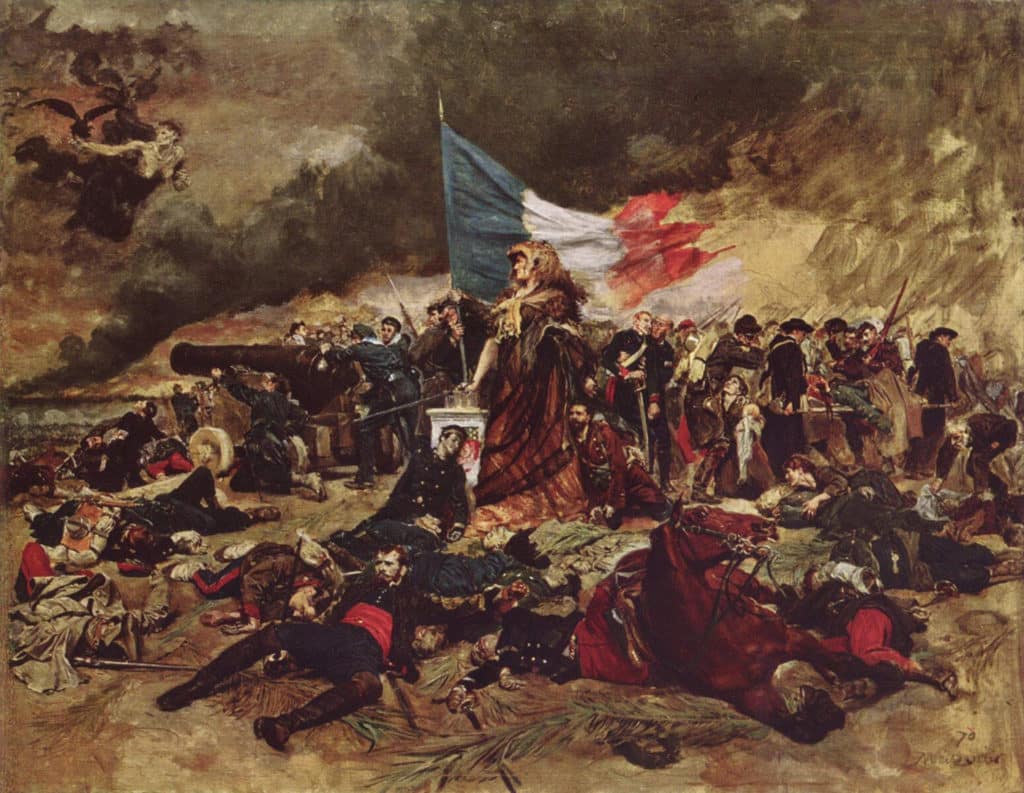
On January 18, 1871 the German Empire was proclaimed in the Hall of Mirrors of the Palace of Versailles and on January, 26 a ceasefire was signed. However some Parisians refused to give back. On March, 18 Adolphe Thiers sent the army to seize the 227 cannons installed on the Montmartre hill. The operation was ill-prepared and failed: the officers were disarmed by the crowd. It was then the beginning of the Paris Commune, an insurrection lasting more than two months that set the capital on fire and bloodshed.
This complicated period which began in 1789 with the Revolution, was seen by some Catholics as a divine punishment, so much so that two Parisians in exile, Hubert Rohault de Fleury and Alexandre Legentil, promised to build a new church if God saved France.
The construction of the Sacré-Cœur basilica
Once the situation had calmed down, it was decided to erect the said church on the Montmartre mound, a symbolic place at the beginning of the Paris Commune and where Saint Denis was beheaded. The project was debated, some people saw it as the symbol of the church during the Revolution, yet in 1873 a law recognized the church as being of public utility and a vast national subscription was launched to finance its construction.
The French were called upon to participate to the extent of their means, a programme which met with great success thanks to the “stone subscription” which encouraged the population to raise funds for the purchase of a stone, a column or even a chapel on which the initials or the names of the donors were engraved. The work was completed, but the consecration planned for October 1914 was postponed because of the war and would not take place until 1919.
Although sometimes criticized by some who see its architecture as a “cake topped with Chantilly”, the Sacré-Cœur is now well established in the Parisian landscape and is the delight of Montmartre residents and tourists alike: after Notre-Dame it is the second most visited Parisian monument.
Visit of the Dome of the Sacré-Cœur
Whether or not you appreciate the architecture of the Sacré-Cœur, the view of Paris from its forecourt is breathtaking! And to enjoy it even more, there is nothing better than climbing even higher up the church’s dome.
Some 300 steps have to be climbed to reach the upper parts of the Sacré-Cœur but the reward is worth the effort: a 360° view over the centre and north of Paris. You will also be able to observe the gargoyles very closely!
If the entrance to the Sacré-Coeur is free, the access to the dome is paying: 7€ per person.
Useful informations
Location:
35 Rue du Chevalier de la Barre
75018 Paris
France
Opening hours:
Access to the basilica every day from 6 am to 10.30 pm.
The dome is open every day from 10:30 am to 8:30 pm.
Website:
http://www.sacre-coeur-montmartre.com/english/
Admission:
Free entrance to the church
Access to the dome: €7
Did you like the article? Pin it on Pinterest!
Header image: DeeMight stock photo from Shutterstock



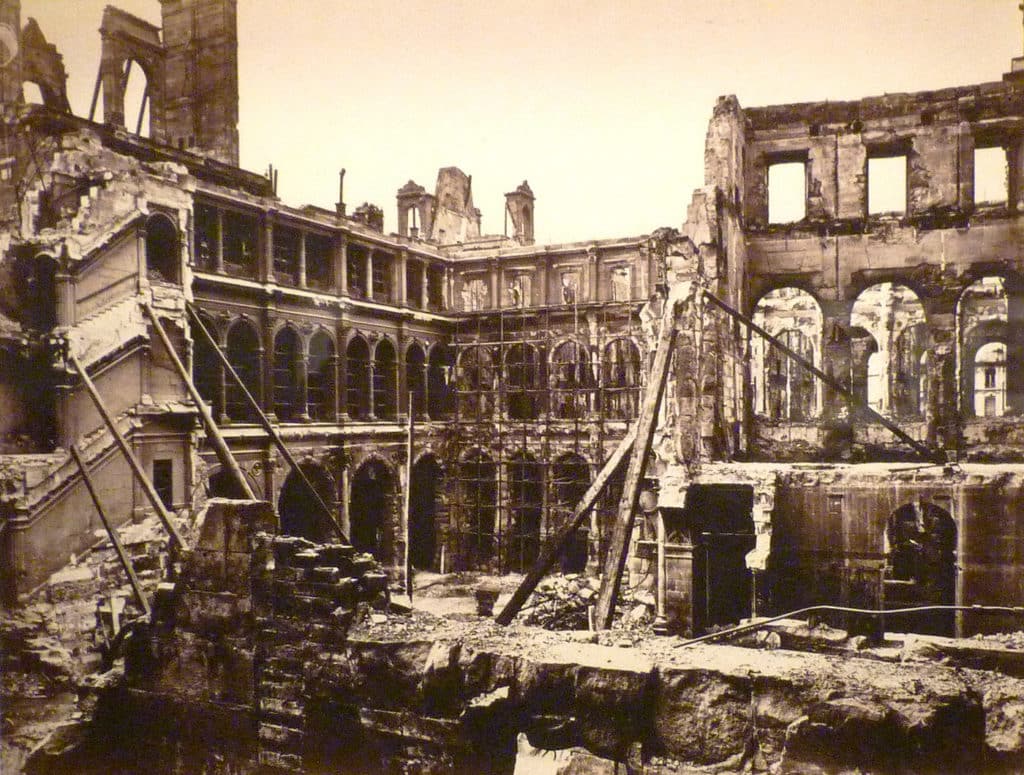
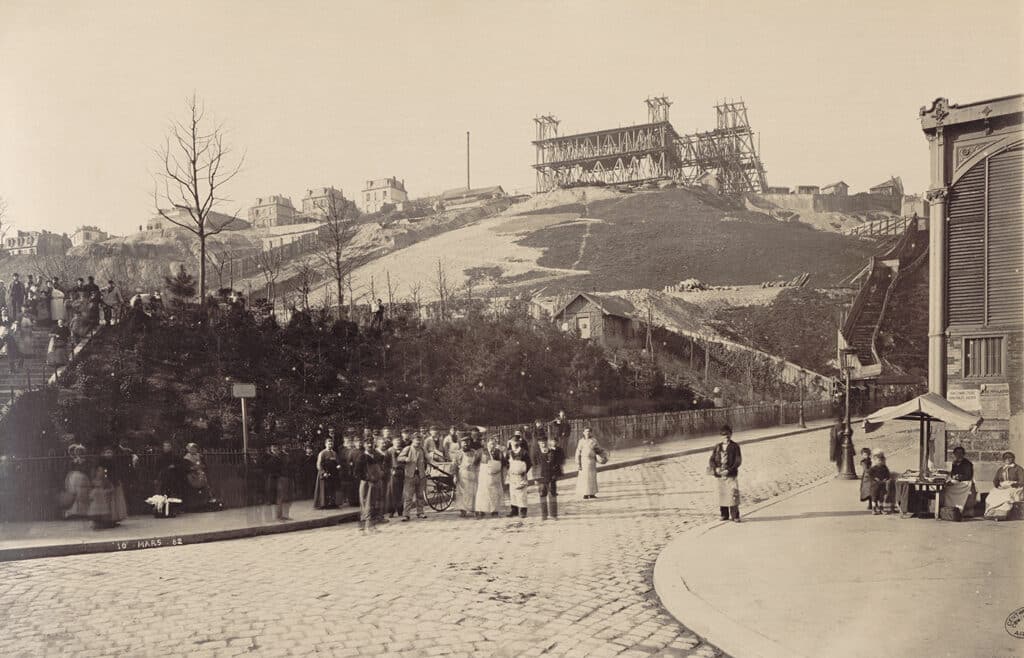



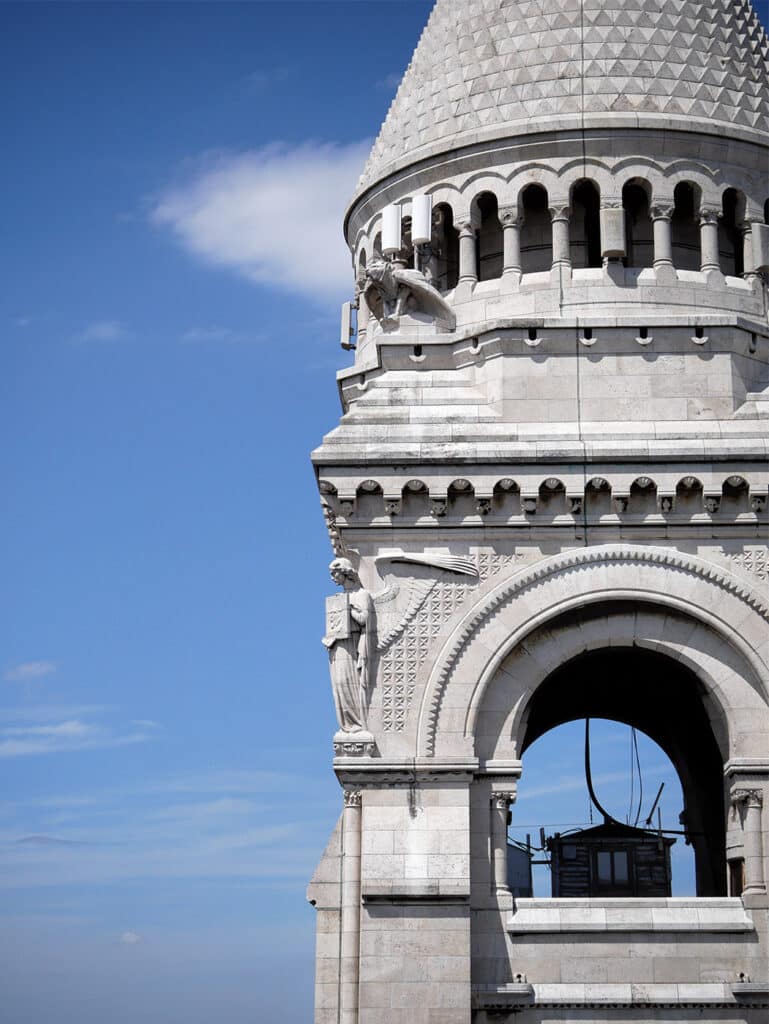
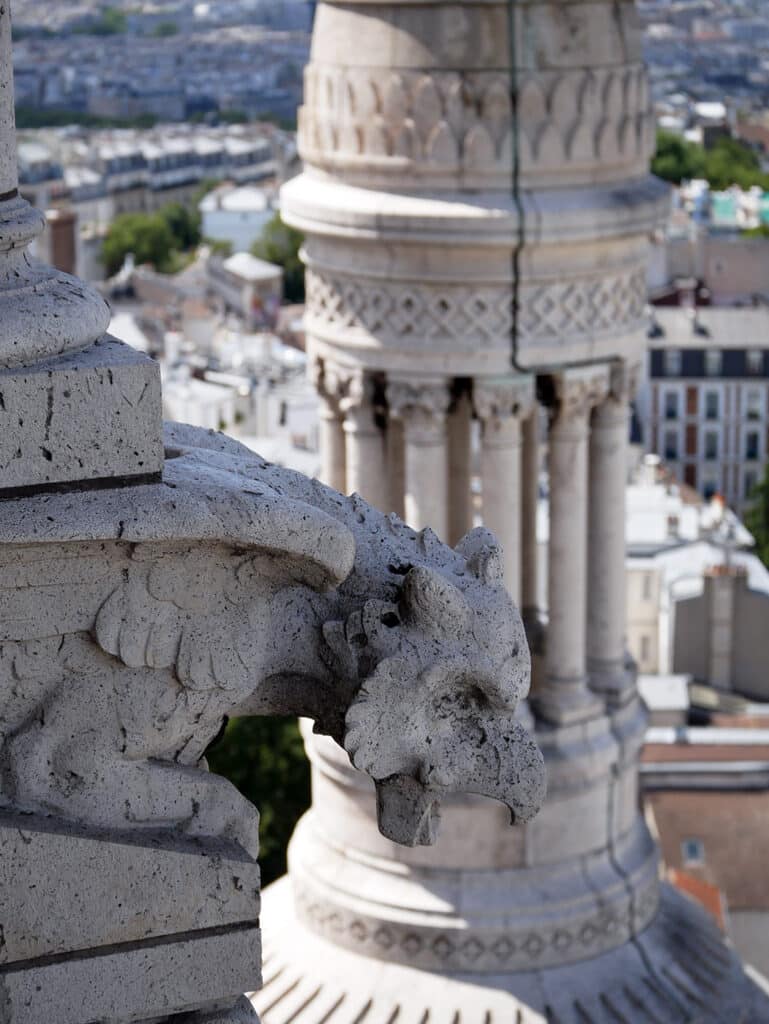
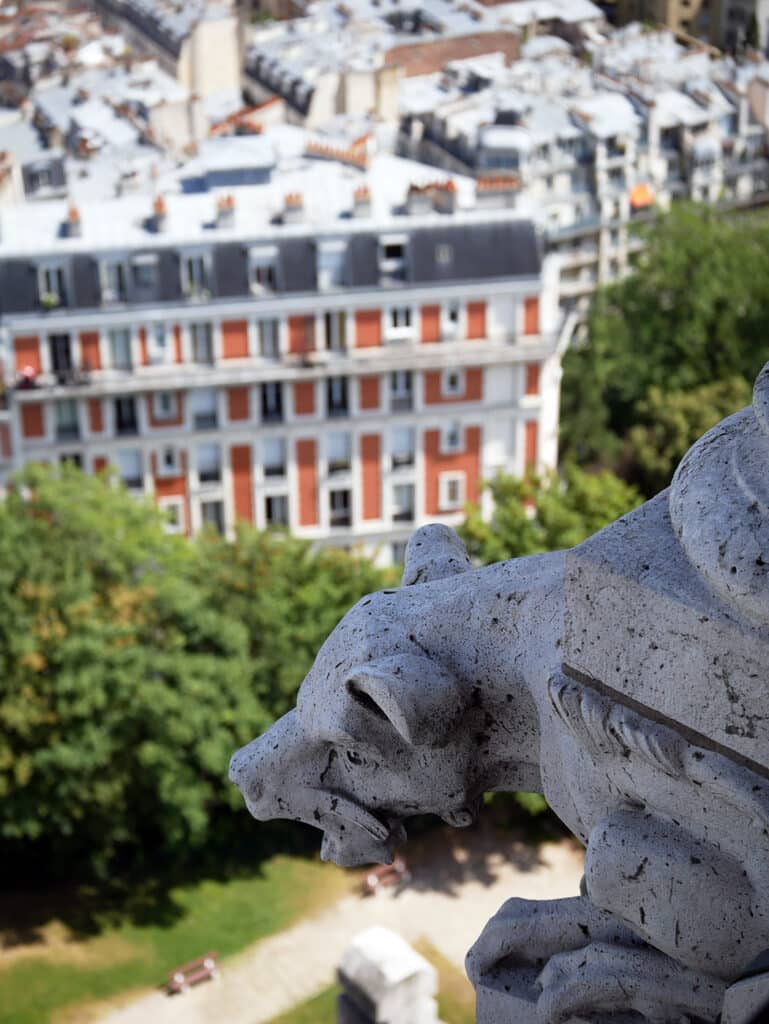
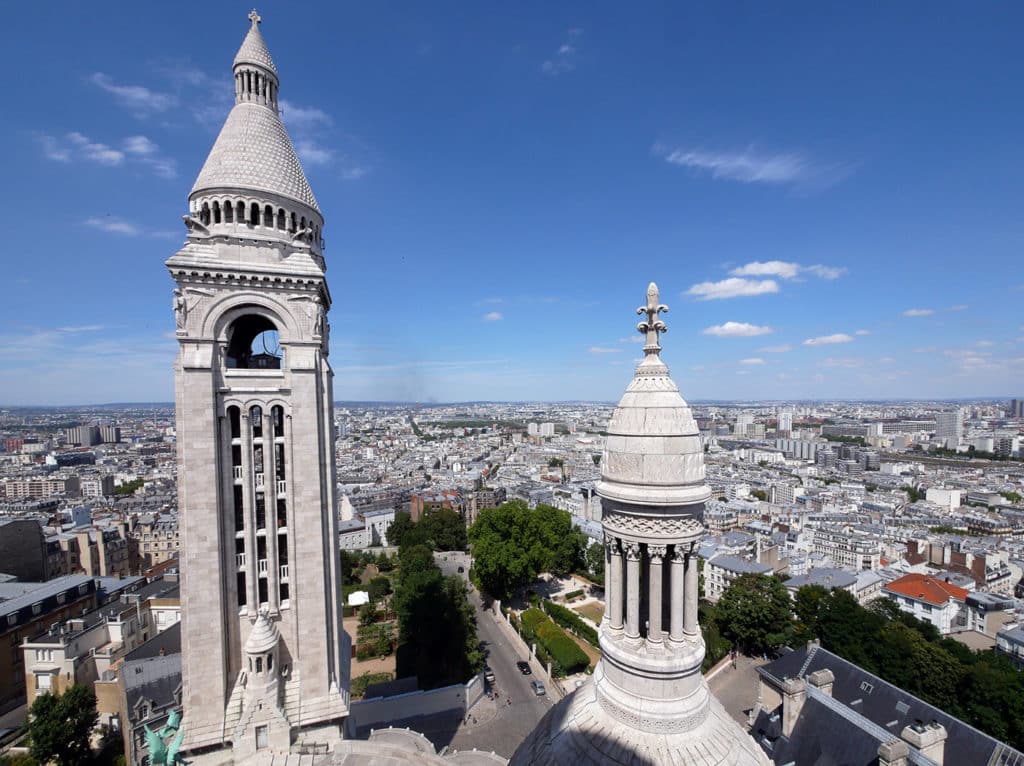
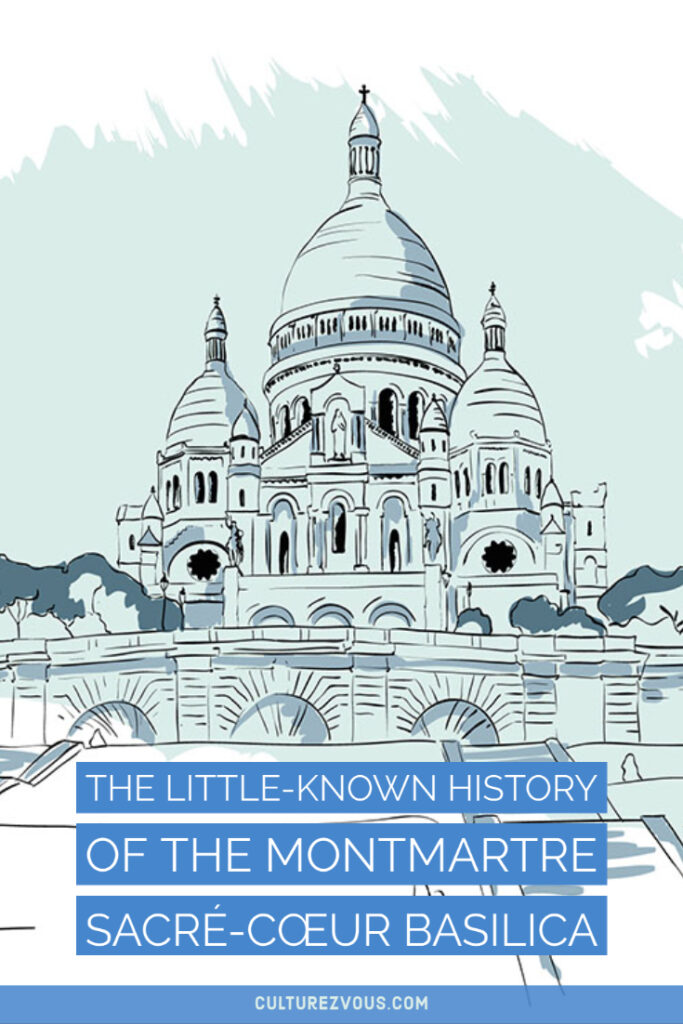


No Comments
Leave a comment Cancel